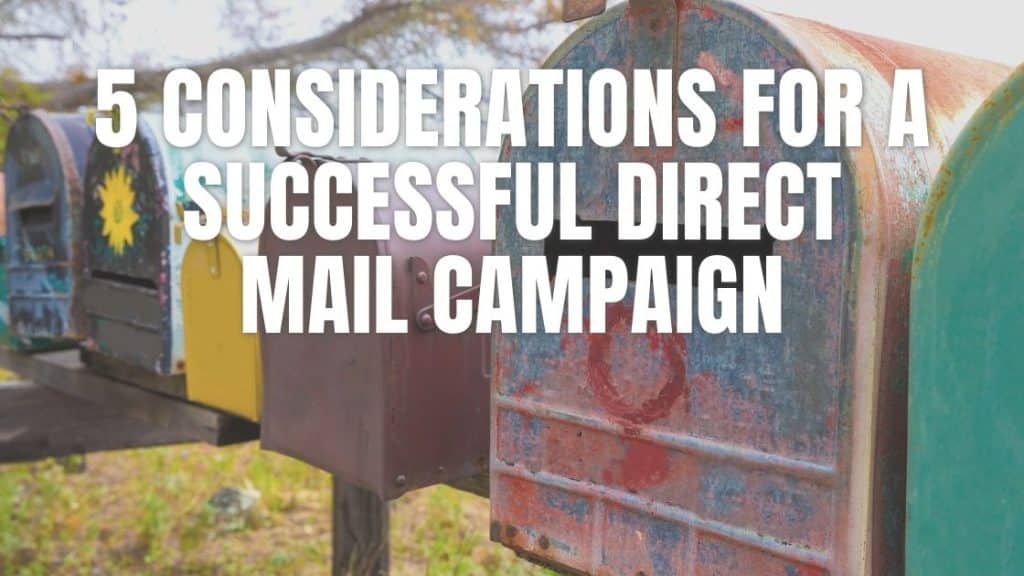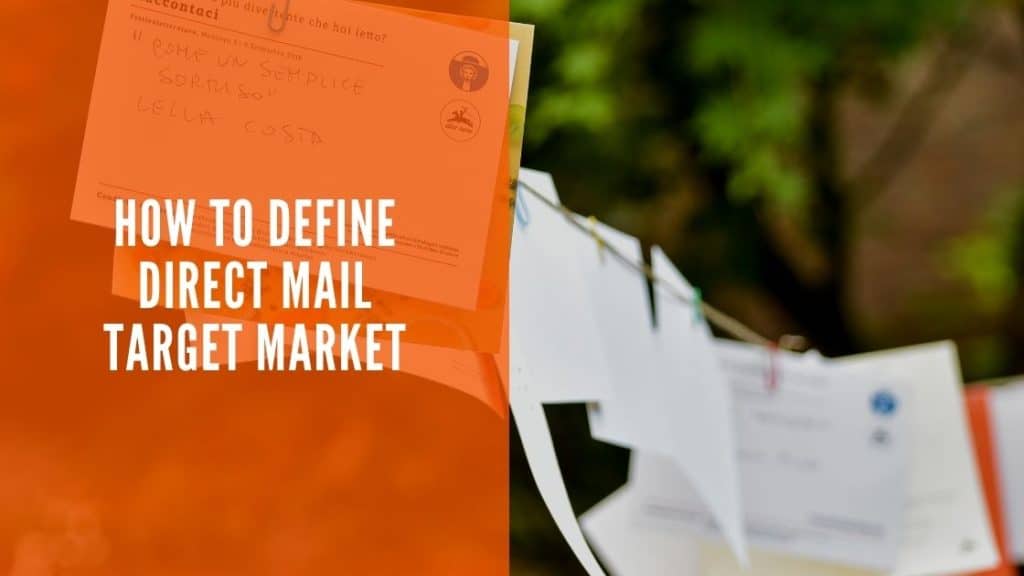When creating your direct mail campaign, selecting the right paper stock is a critical decision. The right paper choice can make or break your campaign. If a direct mail piece is done right, it is fridge-worthy. When a recipient is impressed with a mail’s graphic design or the call-to-action, they stick the mailing to their fridge as a reminder. The paper you choose to use is an important aspect, which can lead to a receiver appreciating the message or not.
Understanding Paper Quality
You can divide paper stock into two categories. A smooth paper stock is for more detailed images, which often feature vivid colors and sharp contrasts. The smooth paper stock has the highest visual impact. You can select different coatings such as glossy, matte, semi-matte, and silky. It’s an excellent choice for coupons, flyers, and free magazines. The varnish is a cost-effective coating that provides a pleasing graphic effect, but it doesn’t protect the paper very well. The aqueous coating does protect the paper while also creating a wet look and shortening drying times as it seals the ink in the paper.
Conversely, a textured paper invites recipients an opportunity to experience a more tactile approach. Images printed on textured paper are less nuanced due to the grain in the paper. Yet that very same surface grain ‘releases’ the image. Textured paper also feels more luxurious and is recommended for high-value direct mail. It is also the preferred option for prints that include lots of text because the uncoated substrate is less tiring on the reader’s eyes.
Paper Thickness
After choosing between smooth or textured paper, you need to select the right weight or thickness. A top-quality catalog needs a heavier paper, but a coupon booklet is acceptable with a thinner paper option. Balancing a restricted budget is challenging, so here are a few helpful tips to point you in the right direction.
- 80-100 g/m² is the thickness of your standard office paper and not usually used in direct mail.
- 110-120 g/m² is perfect for upscale stationery paper.
- 130-170 g/m² is ideal for flyers, posters, and brochures because of the weight.
- 170-200 g/m² is the favored thickness for luxurious posters, double-sided flyers and brochure covers.
- 200-250 g/m² is suggested for high-quality brochure covers because it leans towards a cardboard thickness.
- 300-400 g/m² is best for business cards because of the thickness.
- +400 g/m² is great for top-of-the-line business cards and other types of luxury prints.
Brand and Design
Choose a paper quality that best represents your organization or offer. If you are promoting high-end products or services, you need a quality paper stock. But in other cases, a lightweight stock is suitable. If your organization is environmentally conscious, recycled paper is a must. You need to factor in the type of artwork as well. A great design will fall flat if you choose a lower quality paper.
Standard paper is a 6 0# or 70 # “Offset” Opaque. These papers are comparable to the paper you find in a standard home printer, but they are slightly thicker.
- 100 # Gloss Text is a heavier-weight paper stock with a glossy finish. This paper is ideal for high-quality print jobs requiring near-photographic quality. There is semi-gloss coated on both sides of the paper, and it is ultra-smooth. 100 # Gloss Text is an excellent choice for brochures, flyers, and newsletters.
- 80 # Matte Cover is a regular card stock with a matte (non-glossy) appearance. This stock has a higher brightness than other papers and a blue-white shade. Most recommend 80 # Matte Cover for postcards.
- 100 # Gloss Cover is a medium-weight card stock with a glossy finish. It has a shinier appearance and is slightly stiffer weight than the 80 # Matte Cover. This stock provides optimum color results with digital printing. 100 # Gloss Cover is a great choice for postcards, brochures, and newsletters.
- 130 # Gloss Cover is a heavy-weight card stock with a glossy finish. This stock is a premium option that provides intense, light-reflecting sheen and heavy stiffness. It is ideal for direct mail and non-folding brochures.
Budget
Paper is typically the most substantial single cost in a printed component. It also has the broadest range in price and quality options. You need to leverage your supplier’s buying power. Your supplier can usually guide you to house brands that are more cost-efficient than branded papers.
Yield is a different way of lessening paper expenses. For instance, it won’t hurt your design or message if you use a lower paper quality for letters or forms. Volume commitments also drive lower material and manufacturing costs. Print manufacturers can provide you with more significant incentives for high volume programs, which also bring greater value to you.
Choosing Valtim For All Your Paper Needs
Valtim specializes in direct mail and offers a vast array of services to assist with your next campaign. We help our clients choose the perfect paper stock based on their budget and desired appearance for their project. There are many direct mail requirements through USPS, and we ensure our client’s direct mail will ship to their members without any pushback. Contact Valtim to see what paper stock is the best fit for your next direct mail offering.



